|
#04 Newsletter
|
August 28, 2021
|
|
|
Hello and welcome to the stone newsletter, where we discuss every 2 months the most recent and relevant studies in stone disease.
Suscribe now
|
|
|
|
|
|
Themes introduction
Welcome to this summer edition of Stone News.
In this issue we first discuss the importance of ergonomics in flexible ureteroscopy and examine how the comfort of the surgeon may affect the efficiency of the surgery and the urologist’s health.
We then review low- and high-power laser lithotripsies and evaluate whether it is really necessary to reach high power in order for our stone treatments to be effective.
Finally, we discuss what happens to residual stones after ESWL, URS, RIRS and PCNL, with astonishing results.
I hope that this edition of Stone News will improve not only the care of our patients, but also of ourselves.
|
|
|
 |
High- and Low-Power Laser Lithotripsy Achieves Similar Results: A Systematic Review and Meta-Analysis of Available Clinical Series. |
 3' 3' |
https://pubmed.ncbi.nlm.nih.gov/33677987/ 
|
|
As laser technology has advanced, new holmium YAG laser devices have been introduced, increasing the armamentarium for stone lithotripsy. New high-power lasers up to 150 W have recently been used, with application of novel concepts such as a high-frequency dusting setting with low energy (0.5 J) and high frequency (>50 Hz).
In vitro studies have shown promising initial results for high-power lasers; nonetheless, there is no clear evidence that high-power lasers are clinically more effective than the standard (low) power (30-W) lasers. The aim of this systematic review and meta-analysis was to review the evidence.
To date there have been no randomized controlled trials on the issue, and the evidence base essentially relies on non-comparative observational studies of a mostly heterogeneous nature. The review revealed no significant differences between low- and high-power lasers with respect to complications or stone-free rate (81% for high power and 82% for low power, p=0.98). While procedures using high-power lasers had a shorter mean operative time (32.9 vs 62.7 min, p<0.01), the estimated stone volumes were twofold higher in the low-power laser group (2604.4 vs 1217.1mm3, p=0.048), which could explain the difference.
Many clinical features need to be taken into account when performing laser lithotripsy: A higher frequency can lead to a lower quality of endoscopic view (which may also be impaired by microbleedings), and popcorning in the laboratory on a solid glass surface can result in a more efficient process compared with a real distensible calyx. Another issue is the higher intrarenal temperatures seen with high-power lasers; intermittent laser activation has been recommended to avoid this problem, but this solution could also increase operative time.
Taking into account all aspects, the conclusion of this first clinical comparison between low- and high-power lasers is that high-power lasers do not show a clear clinical advantage.
|
|
|
|

|
|




|
Aviso Legal | Política de privacidada
Este mail ha sido enviado a {{ contact.email }} por Devicare Lit Control.
Si quiere darse de baja de las comunicaciones de la Stone News puede enviarnos un correo electrónico a
dop@devicare.com o pinchar aquí.
Av. Can Domènech s/n | Eureka Building UAB Research Park | 08193 Cerdanyola del Vallès,
Barcelona | España
Copyright (c) 2021 Devicare Lit-Control.
|

|
|
|
|